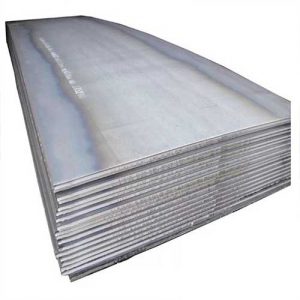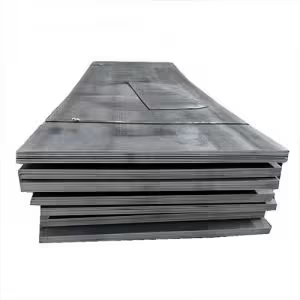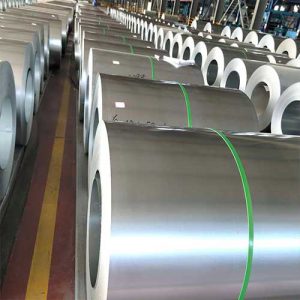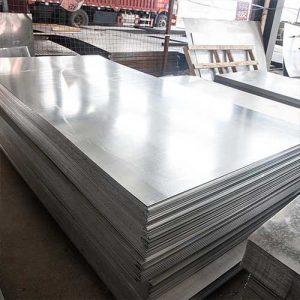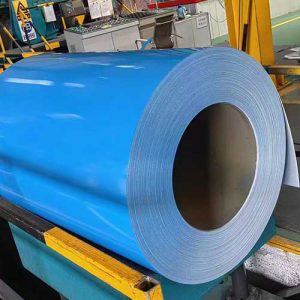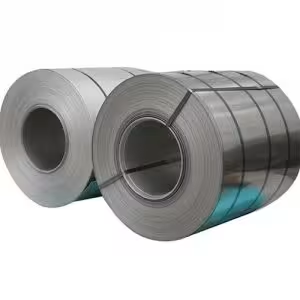Welcome to My Blog!
Before we dive into the content, I’d love for you to join me on my social media platforms where I share more insights, engage with the community, and post updates. Here’s how you can connect with me:
Facebook:https://www.facebook.com/profile.php?id=61565500692293
Now, let’s get started on our journey together. I hope you find the content here insightful, engaging, and valuable.
Table of Contents
Introduction
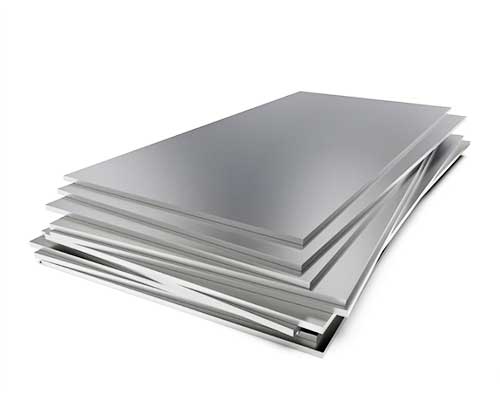
When selecting the right metal for a project, two popular choices are sheets of galvanized metal and stainless steel. Both materials offer durability, corrosion resistance, and versatility, making them suitable for a wide range of applications. However, each has distinct characteristics that affect its performance, cost, and longevity in different environments.
This comprehensive guide explores the differences between sheets of galvanized metal and stainless steel, examining their properties, advantages, applications, and maintenance requirements. By understanding their strengths and limitations, businesses and individuals can make informed decisions when choosing the right material for their specific needs.
Understanding Sheets of Galvanized Metal
What Are Sheets of Galvanized Metal?
Sheets of galvanized metal are steel or iron sheets coated with a protective layer of zinc. This galvanization process helps prevent rust and corrosion, extending the lifespan of the metal.
How Are Sheets of Galvanized Metal Made?
The galvanization process involves coating steel sheets with zinc through methods such as:
- Hot-Dip Galvanization – Steel sheets are submerged in molten zinc, forming a thick, durable coating.
- Electro-Galvanization – A thinner layer of zinc is applied using an electrochemical process, offering a smoother finish but less durability than hot-dip galvanization.
Advantages of Sheets of Galvanized Metal
- Corrosion Resistance – The zinc coating acts as a barrier against moisture and oxygen, preventing rust formation.
- Cost-Effective – More affordable than stainless steel, making it ideal for large-scale projects.
- High Strength – Retains the strength of steel while adding protection against environmental damage.
- Low Maintenance – Requires minimal upkeep due to its rust-resistant properties.
Common Applications of Sheets of Galvanized Metal
- Construction – Used in roofing, wall panels, and structural components.
- Automotive Industry – Found in car bodies and frames to prevent rust.
- HVAC Systems – Used in ductwork for heating, ventilation, and air conditioning.
- Agricultural Equipment – Utilized in barns, silos, and fencing.
Understanding Stainless Steel Sheets

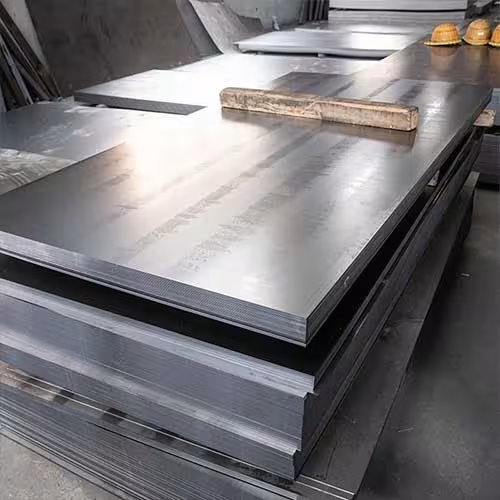
What Is Stainless Steel?
Stainless steel is an alloy composed primarily of iron, with added chromium (at least 10.5%) to enhance corrosion resistance. Other elements such as nickel, molybdenum, and manganese are often included to improve strength and durability.
How Is Stainless Steel Made?
Stainless steel is produced through a process that involves:
- Melting Raw Materials – Iron, chromium, nickel, and other elements are melted together.
- Forming and Heat Treatment – The molten metal is shaped into sheets, bars, or other forms and heat-treated for strength.
- Surface Finishing – Various treatments enhance the material’s aesthetic and functional properties.
Advantages of Stainless Steel Sheets
- Superior Corrosion Resistance – Ideal for highly humid or chemically aggressive environments.
- Aesthetic Appeal – Offers a sleek, polished look for architectural and decorative applications.
- High Durability – Resistant to impact, heat, and chemical exposure.
- Hygienic Properties – Commonly used in medical and food processing industries due to its non-porous nature.
Common Applications of Stainless Steel Sheets
- Architecture and Design – Used for facades, countertops, and modern furniture.
- Food and Beverage Industry – Found in kitchen equipment, brewing tanks, and food storage.
- Marine Industry – Essential in shipbuilding and offshore structures.
- Medical Equipment – Used in surgical instruments, hospital beds, and laboratory equipment.
Comparing Sheets of Galvanized Metal and Stainless Steel
To better understand the differences between sheets of galvanized metal and stainless steel, the following table compares their key characteristics:
| Feature | Sheets of Galvanized Metal | Stainless Steel Sheets |
|---|---|---|
| Corrosion Resistance | Moderate (protected by zinc coating) | High (intrinsic to the material) |
| Durability | Strong but may rust if the coating is damaged | Extremely durable and long-lasting |
| Cost | Lower than stainless steel | Higher initial investment |
| Maintenance | Low maintenance but may require re-coating over time | Virtually maintenance-free |
| Aesthetic Appeal | Matte or spangled finish | Sleek, polished, and modern look |
| Weight | Lighter compared to stainless steel | Heavier due to alloy composition |
| Temperature Resistance | Limited – zinc coating can degrade at high temperatures | Excellent heat resistance |
| Common Applications | Construction, automotive, HVAC, agriculture | Food processing, medical, marine, architecture |
Choosing Between Sheets of Galvanized Metal and Stainless Steel
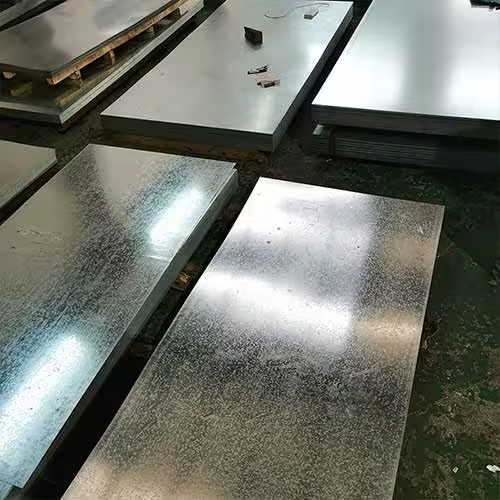
When deciding between sheets of galvanized metal and stainless steel, consider the following factors:
- Environment – If the material will be exposed to moisture or chemicals, stainless steel is the better choice.
- Budget – Sheets of galvanized metal offer a cost-effective alternative for large projects.
- Maintenance Requirements – Stainless steel requires little to no maintenance, while galvanized sheets may need periodic re-coating.
- Aesthetic Needs – Stainless steel provides a sleek, modern appearance, making it ideal for high-end applications.
- Longevity – Stainless steel lasts longer, but galvanized metal can be a durable solution for less demanding environments.
Conclusion
Both sheets of galvanized metal and stainless steel provide unique benefits depending on the application. Galvanized metal offers a cost-effective, corrosion-resistant solution for construction and industrial use, while stainless steel provides superior durability, hygiene, and aesthetic appeal.
By evaluating the specific requirements of a project, businesses and individuals can make an informed decision on whether to choose sheets of galvanized metal or stainless steel for optimal performance and longevity.
FAQ
Which is better for outdoor applications, sheets of galvanized metal or stainless steel?
Stainless steel is better for outdoor applications in highly corrosive environments, such as coastal areas, due to its intrinsic corrosion resistance. Sheets of galvanized metal are suitable for outdoor use but may require re-coating over time if exposed to extreme weather conditions.
Can sheets of galvanized metal be welded?
Yes, sheets of galvanized metal can be welded, but special precautions must be taken to avoid toxic zinc fumes. Proper ventilation and protective equipment are necessary when welding galvanized metal.
Does stainless steel require maintenance?
Stainless steel is virtually maintenance-free, but occasional cleaning may be necessary to maintain its shine and prevent surface contaminants from affecting its appearance.
Which material is more environmentally friendly?
Stainless steel is more environmentally friendly because it is fully recyclable and does not require chemical coatings. Sheets of galvanized metal, while durable, involve zinc coatings that may require additional processing.
How can I determine whether to use galvanized metal or stainless steel for my project?
Consider the environment, budget, longevity, and aesthetic preferences. If cost is a primary concern and moderate corrosion resistance is acceptable, sheets of galvanized metal are a good choice. If superior durability and maintenance-free performance are required, stainless steel is the better option.

